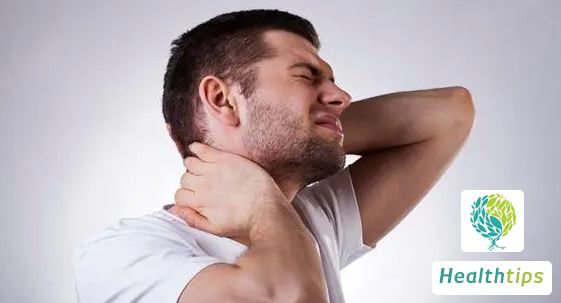Purple capillaries on thighs are a manifestation of varicose veins in the lower limbs. This is mainly because, under normal conditions, capillaries are invisible on the surface of the skin, and only when capillaries expand, they will be revealed on the skin. For some obese, pregnant women, people who stand for a long time, or those engaged in heavy physical labor, due to decreased elasticity of the vascular wall and valve dysfunction, it causes high venous pressure in the lower limbs. Under the condition of increased venous pressure, capillaries are revealed on the legs. What are the common symptoms of varicose veins in the lower limbs? 1. Superficial varicose veins of the lower limbs can occur on both sides, but more often on both sides. In thinner patients, superficial venous dilation, tortuosity, and bulging can be seen in the affected limb, and severe cases may be twisted into a mass. Varicose veins are more obvious when standing, and the superficial varicose veins collapse when the affected limb is raised while lying flat. In obese patients, the varicose veins of the affected limb are often hidden. When the calf veins are involved, the varicose veins are distributed on the back of the calf and can extend to the lateral malleolus and dorsum of the foot. 2. Swelling of the affected limb. Simple primary varicose veins of the lower limbs generally do not cause swelling of the affected limb. When accompanied by ankle communicating valve dysfunction or deep venous valve dysfunction, different degrees of swelling may occur in the ankle and calf. The worse the function of the deep venous valve, the more obvious the swelling of the affected limb. If the lymphatic vessels are involved and lymphedema occurs at the same time, the swelling of the affected limb will be more obvious. Nursing methods for patients with varicose veins in the lower limbs: Young people should do exercises for their blood vessels occasionally, whether they sit or stand for a long time. For example, after sitting for an hour, get up and move for 10 minutes, or stretch or lift your legs while sitting. In addition, avoid wearing tight clothing, shoes, or socks, and wear long-sleeved elastic socks to prevent outward expansion of veins; when people need to sit for a long time, they can put a small stool under their feet, with a height of 10 to 20 centimeters, which is also beneficial for reducing vascular pressure. These are good ways to prevent varicose veins.


